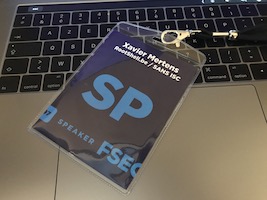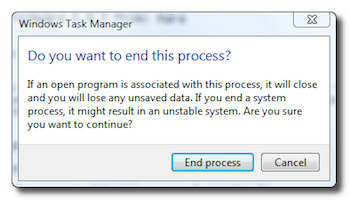I published the following diary on isc.sans.org: “Another webshell, another backdoor!“. I’m still busy to follow how webshells are evolving… I recently found another backdoor in another webshell called “cor0.idâ€. The best place to find webshells remind pastebin.com[1]. When I’m testing a webshell, I copy it in a VM located




